Can “Clean Beauty” Truly Transform Your Appearance and Well-Being?
So many of us are interested in self-improvement, from maintaining or enhancing our physical appearance, to tending to our mental well-being. In recent years, one trend that has gained significant traction in this pursuit is “clean beauty”—an umbrella term encompassing various approaches and products designed to promote healthier skin and a clearer conscience. But what does “clean beauty” mean?
It certainly sounds good, and many celebrities have endorsed the trend, however, there is more than meets the eye and it isn’t all great.
Tracing the Origins

The roots of the clean beauty movement can be traced back to Southern California in the 1990s, coinciding with the emergence of the broader wellness trend. As societal attitudes towards health and sustainability evolved, beauty companies began marketing products as nontoxic and environmentally friendly, tapping into a growing consumer demand for cleaner alternatives.
The Growing Popularity of Clean Beauty
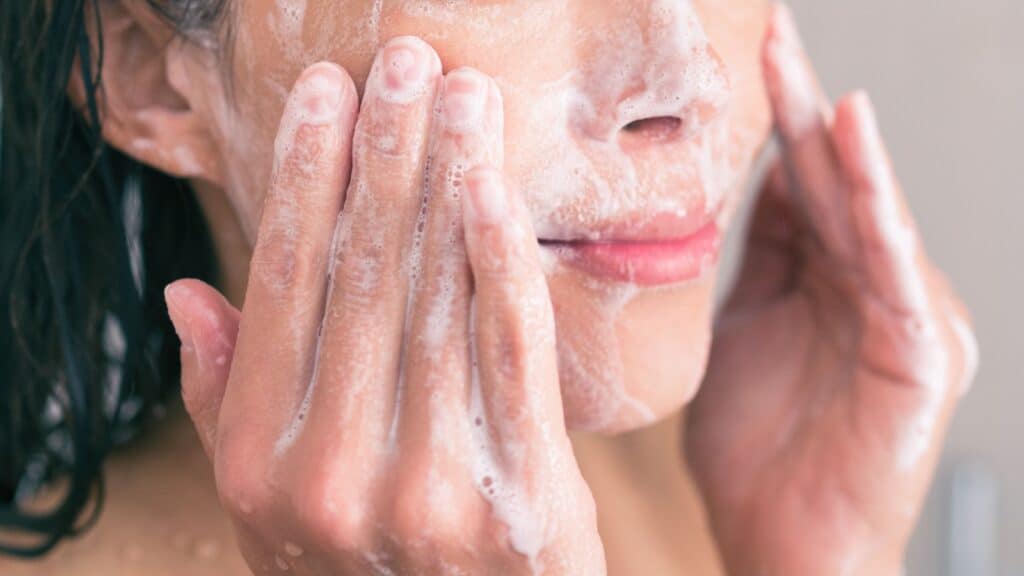
Clean beauty has seen a remarkable rise in popularity, with approximately one-third of beauty products the United States market now embracing this trend. Social media platforms like Instagram and TikTok are buzzing with discussions and recommendations surrounding clean beauty products, reflecting a widespread consumer interest in more natural and sustainable alternatives.
According to Forbes research, clean beauty reached $7 billion in 2022, and is expected to double to over $14 billion by 2028.
Navigating the Definition

Despite its widespread availability and popularity, defining clean beauty is not straight forward. Unlike terms like “organic” or “vegan,” which are regulated and standardized, clean beauty lacks universally accepted guidelines. This ambiguity allows for interpretation by both brands and consumers, resulting in a diverse range of practices, product formulations – and unfortunately confusion.
Regulatory Landscape and Challenges
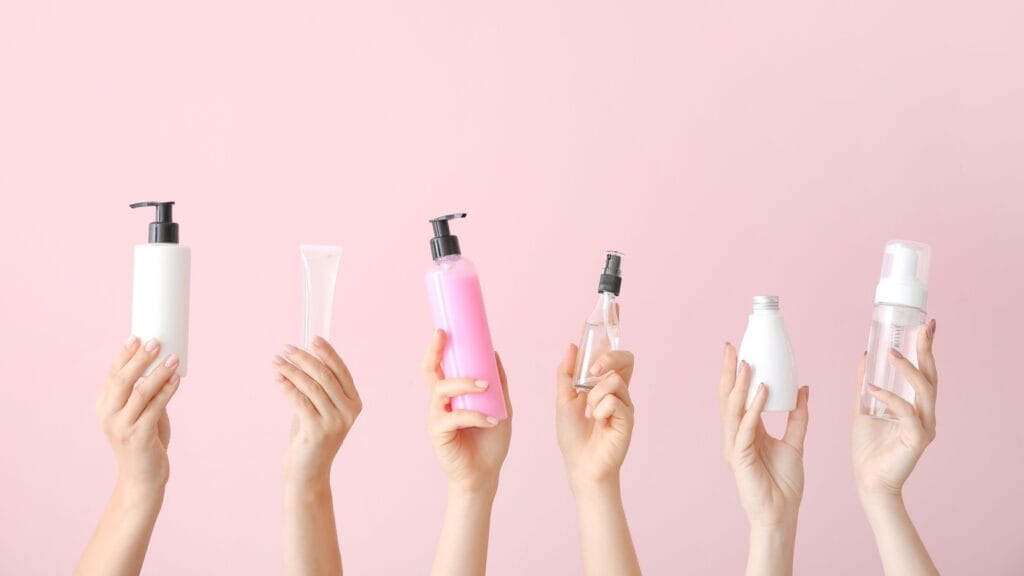
While some regions, like the European Union, have stringent regulations governing cosmetics, the United States FDA’s oversight is comparatively limited. Efforts to introduce legislation aimed at defining terms like “natural” and “nontoxic” face challenges, leaving gaps in regulation and enforcement.
A Global Issue

The New York Times presented an article titled “The Dirt on Clean Beauty” in which they explore the issues with regulation, in the U.S. and elsewhere. The article quotes Stella McCartney, who launched a skincare line in 2022: “I think ‘clean’ skin care is all a load of bollocks.” She said she understood that people use the word, ‘because it conjures up wonderful images of purity’, but she stressed that she would never use it” for her line.
Marcia Kilgore, the founder of Beauty Pie, and the founder of Bliss Spa back in 1996, has seen many trends come and go in the industry. She is quoted in the same Times article: “If you don’t put ‘clean’ on product labeling, people assume there’s something wrong with it, but if you do, people say it’s a scam,” she said.
Kilgore takes a middle of the road approach, saying that she believes her customers want products that are safe and that produce good results, whether they are “natural”, “clean” or otherwise.
From The Drugstore To Beauty Boutiques

Clean beauty brands range from drugstore availability to those found in department stores and high end boutiques. Prices range as well.
This post may contain affiliate links. Please see our disclosure policy for details.
At CVS, Walgreens, Walmart, and Target you can find Burt’s Bees (check out their bronzer and highlighter stick), Well People (Allure magazine-winning mascara), Tower 28 (a cult following for their mascara and lip jelly), Honest Beauty (tinted lip balms), among others.
High end clean brands include Westman Atelier (people love the Vital Skincare Complexion Drops), Ilia (Super Serum Skin Tint), Saie (Hydrabeam Brightening + Hydrating Under Eye Concealer), Merit (Bronze Balm), Tata Harper (a range of skin care including her best-selling Hydrating Floral Essence Hyaluronic Acid Face Mist), among many more.
Celebrity Driven Clean Beauty

Many celebrities have launched their own clean beauty brands such as Honest Beauty, by Jessica Alba; Rare Beauty, by Selena Gomez (her blushes are beloved); and Fenty Beauty, by Rihanna.
No products found.
Amazon & Clean Beauty

The company Carbon Beauty, which has been around for about a decade, initially set out to create a modern e-commerce platform for natural beauty and wellness products, departing from the prevailing “earthy-crunchy-granola” aesthetic, according to CEO Dan Sudman.
Today they are one of the largest beauty retailers on Amazon. Their current goal is to “reimagine clean beauty”. (Their website is under reconstruction. For now you can shop all their curated products directly on their Amazon storefront, where you will find products from Ilia, True Botanicals, Era Perez, NOTO, Exa Beauty, and others).
Sudman has commented on the issues within the clean beauty industry, and they might be contrary to what you expect: “When critics of the clean beauty movement express concerns over companies cherry-picking data, publishing misleading claims, etc., they are rightfully concerned,” said Sudman. “This is a massive problem that tarnishes the credibility of the industry and results in customers being grossly misinformed and misled.”
He goes on to qualify that this is an issue industry wide – not just with clean beauty companies. There is an overall need for the beauty industry be based on science and not on ideology and marketing claims.
Sephora, Ulta & Walmart
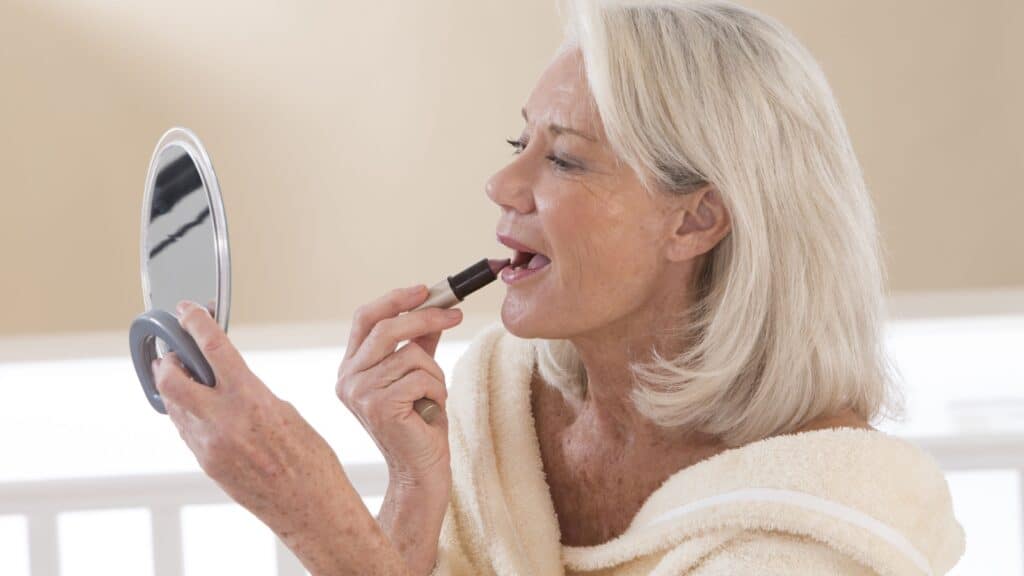
Amazon is not the only seller highlighting the trend. Efforts like Clean at Sephora aim to address such concerns by labeling products as “clean” if they meet specific criteria, such as containing less than one percent synthetic fragrances and no undisclosed fragrances. However, such programs can face criticism; a consumer sued Sephora, alleging that their definition of clean beauty was unclear and confusing. They sought a jury trial and claimed damages of $5 million.
Ulta has a Conscious Beauty initiative: “Our goal: to be transparent and keep things simple. We’re focusing on ingredients that products have—and don’t—to help you easily reach for the beauty you want.” They have a “Made Without List” that you can view.
Understand what you are reading. For instance, Ulta’s list includes hydroquinone, and they state the following: “Used to whiten or lighten skin. Banned in the U.S.”. This is not true. It is not allowed in over-the-counter formulas, but their language makes it sound like it is a drug that they are protecting you from that is perhaps illegal. Dermatologists might prescribe this drug, and it is effective.
Walmart recently revealed its Clean Beauty at Walmart initiative; time will tell whether it takes off with consumers.
Enter Credo
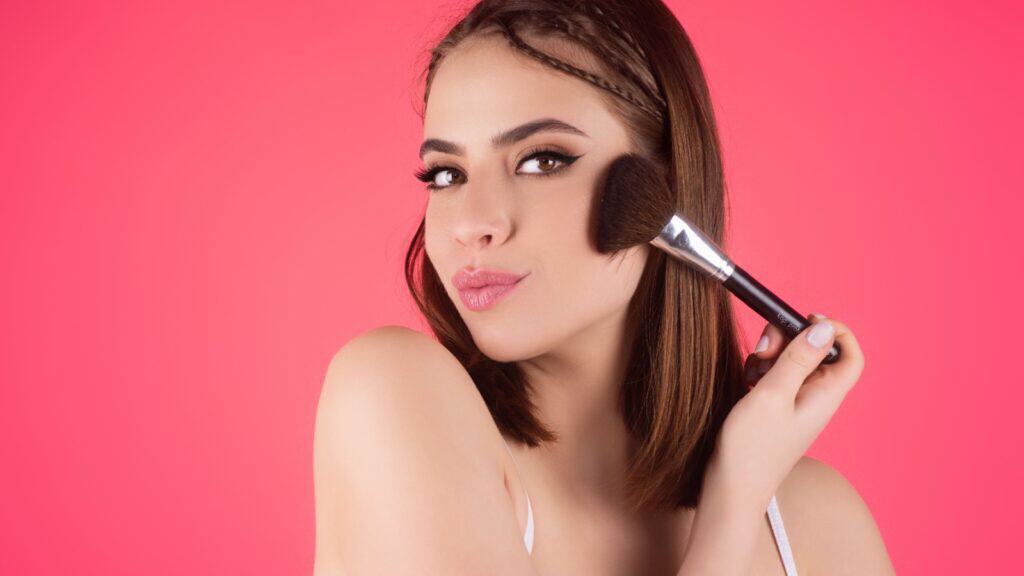
Credo Beauty has come up with their own The Credo Clean Standard™. The company looks at the product ingredients, the sustainability of packaging, treatment of people along the supply chain, as well as how products affect the planet in general.
They have The Dirty List, which contains over 2700 chemicals that they prohibit or restrict in the products they sell, usually due to safety and/or sustainability concerns. “Credo brand partners are committed to not using our restricted ingredients in their products”.
As always, as a consumer you need to do your homework and make decisions that work for you. The Dirty List includes several highly efficient chemical sunscreens, for instance, which are often recommended by dermatologists.
The Efficacy Debate
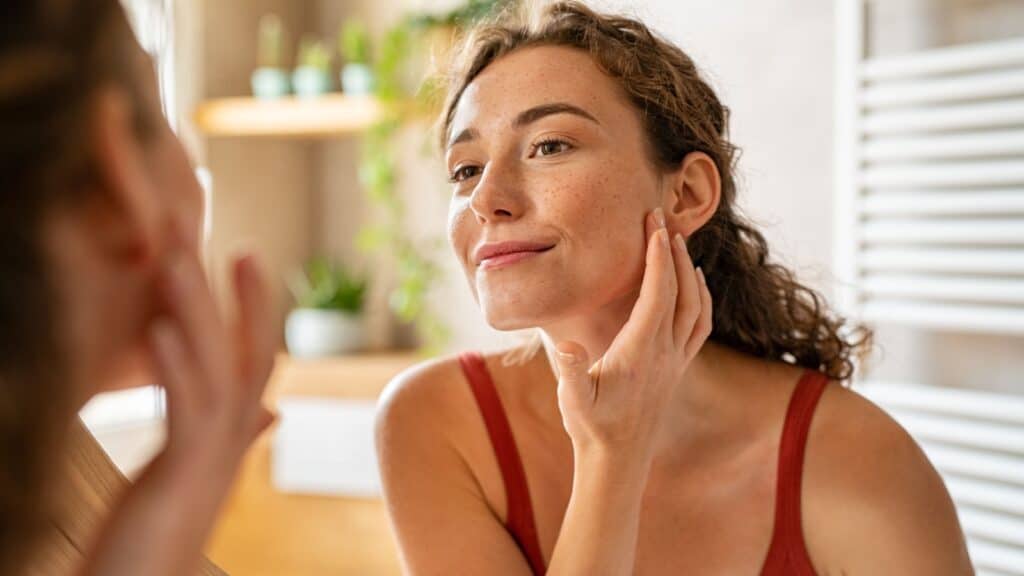
One of the primary points of contention surrounding clean beauty revolves around its efficacy compared to traditional formulations. Critics argue that the exclusion of certain synthetic ingredients may compromise product performance, leading to questions about the effectiveness of clean beauty products in delivering desired results.
There is efficacy, which can sometimes be difficult to assess on our own, but can be proven in the lab, and then there is also the shelf-life factor.
Clean Can Go Off Quickly
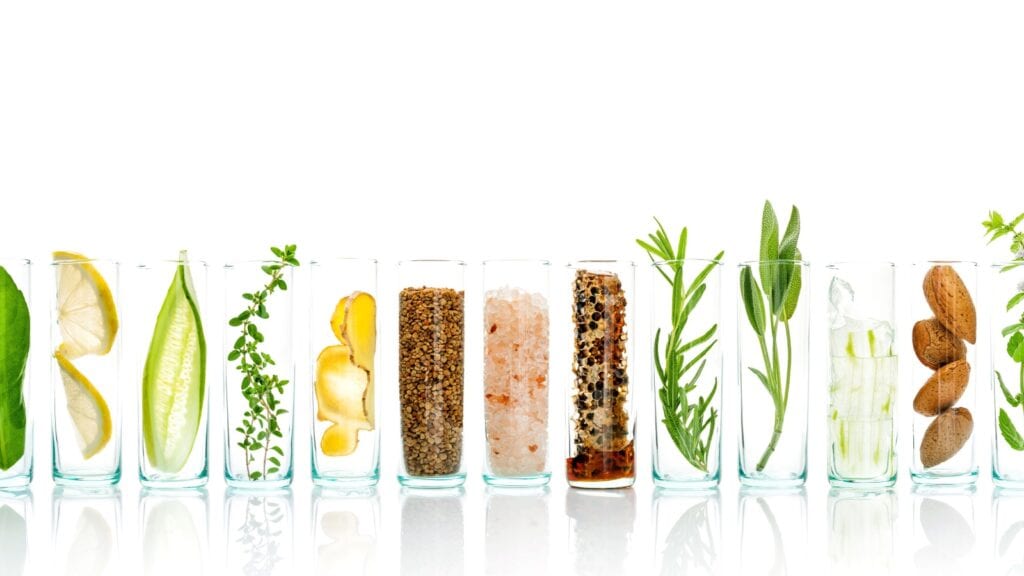
While whether a product improves our skin might be hard to determine (by us at home), it is easy to tell when a product goes bad quickly. The following quotes were gathered from an online beauty forum:
“I was initially drawn in by the promises of ‘clean beauty’, but after spending quite a bit on products as diverse as skin care to makeup and having them turn and go bad on me before finishing, I gave up. It is certainly not an ecological improvement if I am throwing out half a product in fancy packaging. Plus, my wallet was taking a hit.” – Andie B.
“The idea of something I am putting on my face as being ‘clean’ is appealing, but many products that I have tried with that claim are not elegant formulations. I prefer to spend my money on a product that actually delivers and is a joy to use”. – Marie M.
“I have been throwing out “clean beauty” lip products. I purchased several lippies from a mineral makeup company in the US. The lippies had a crayon smell. This happens if the oil(s) go rancid. I had to throw so many out. – Serena L.
“Yes, ‘clean’ is such BS! Give me the preservatives over mold any day!” – lailaface.
Environmental Considerations

While clean beauty brands often tout their commitment to sustainability, the reality is more nuanced. Critics point out that the sourcing of natural ingredients can have significant environmental consequences, including habitat destruction, biodiversity loss, and overharvesting of plant species. Additionally, the carbon footprint associated with sourcing, processing, and transporting natural ingredients raises questions about the true environmental impact of clean beauty products.
The Food and Agriculture Organization of the United Nations has published a report demonstrating the overharvesting of certain popular “clean” products, such as argan oil and shea butter, to name a few.
Controversies and Considerations
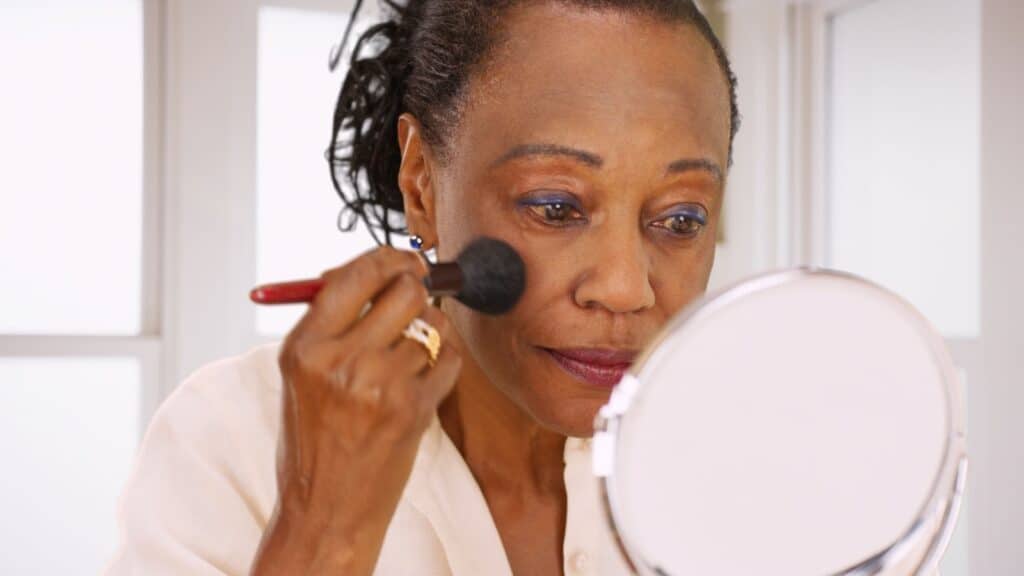
While the allure of natural ingredients is undeniable, questions surrounding their sustainability and safety persist. In addition, consumers are not clear as to what “clean” means.
Without clear guidelines governing terms like “natural,” “organic,” or “clean,” consumers may struggle to discern the authenticity and safety of products labeled as such. Additionally, the absence of comprehensive regulatory oversight leaves room for misleading marketing claims and greenwashing practices, further complicating the landscape for consumers seeking genuinely clean and ethical skincare options.
The Future of Clean Beauty
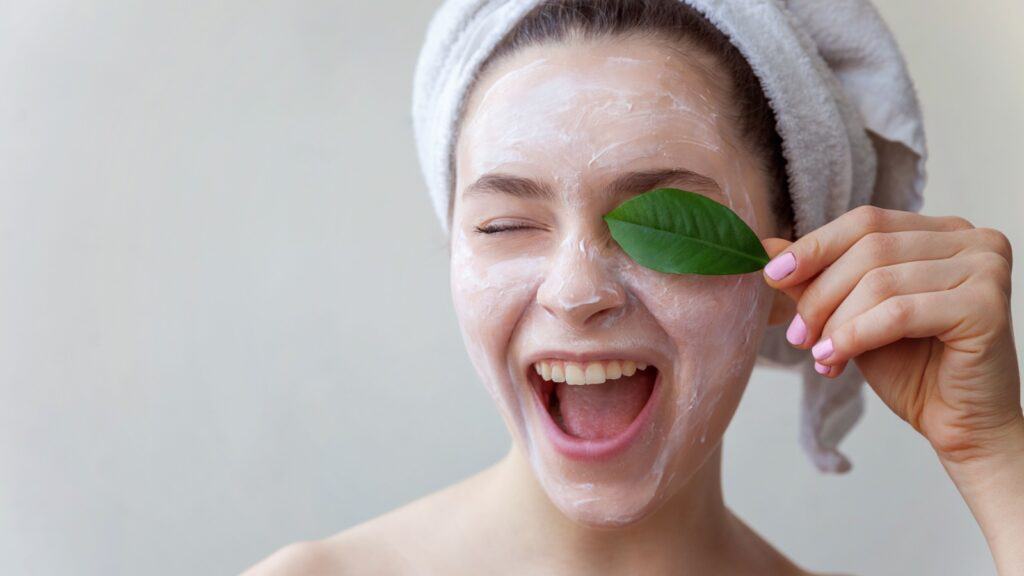
Despite ongoing debates and uncertainties, clean beauty shows no signs of waning in popularity.
The controversies surrounding clean beauty highlight the complex interplay between consumer preferences, industry practices, and regulatory oversight. While there are legitimate concerns to address, there is also an opportunity for collective action to promote greater transparency, sustainability, and efficacy in the realm of skincare and beauty.
Looking for more beauty and style content?
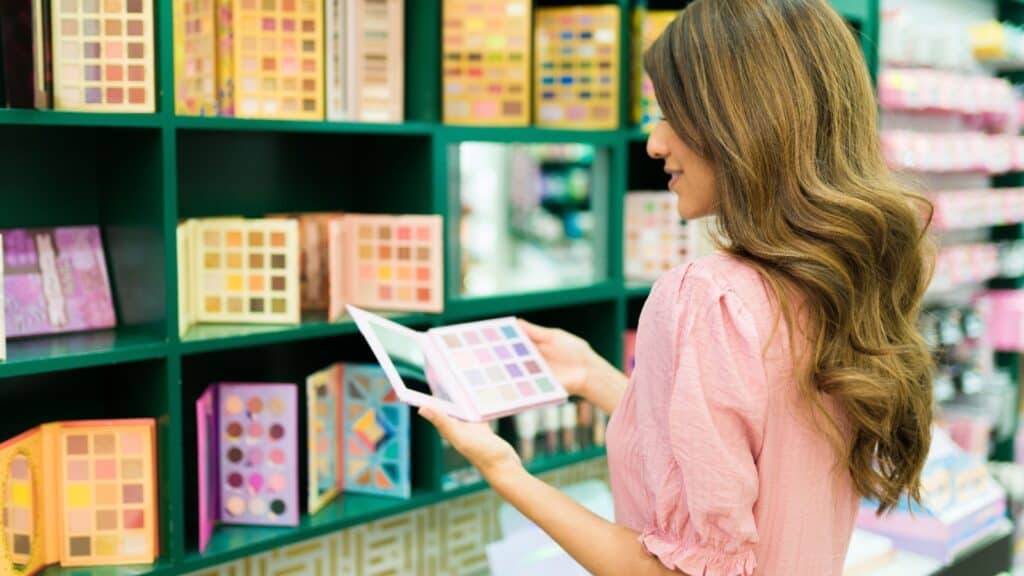
- ‘One And Done’ Eyeshadows! Your New Favorite Way To Look Polished With Ease
- Understanding Thinning Hair In Women: Causes And Solutions
- Black Women Weigh Emerging Risks Of ‘Creamy Crack’ Hair Straighteners
Join Us
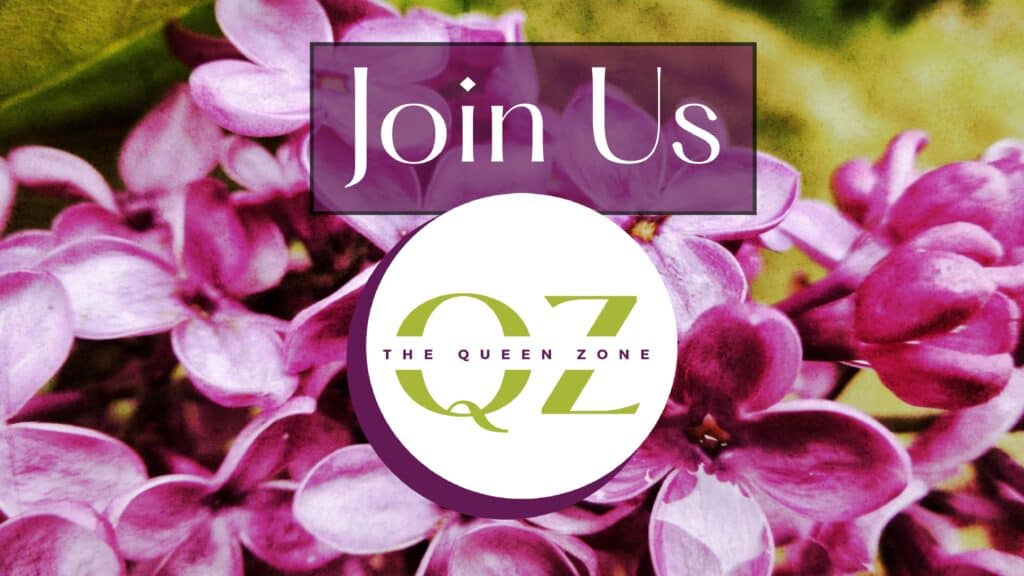
Join us on this empowering journey as we explore, celebrate, and elevate “her story.” The Queen Zone is not just a platform; it’s a community where women from all walks of life can come together, share their experiences, and inspire one another. Welcome to a space where the female experience takes center stage. Sign up for our newsletter so you don’t miss a thing, Queen!
Last update on 2025-07-05 / Affiliate links / Images from Amazon Product Advertising API










